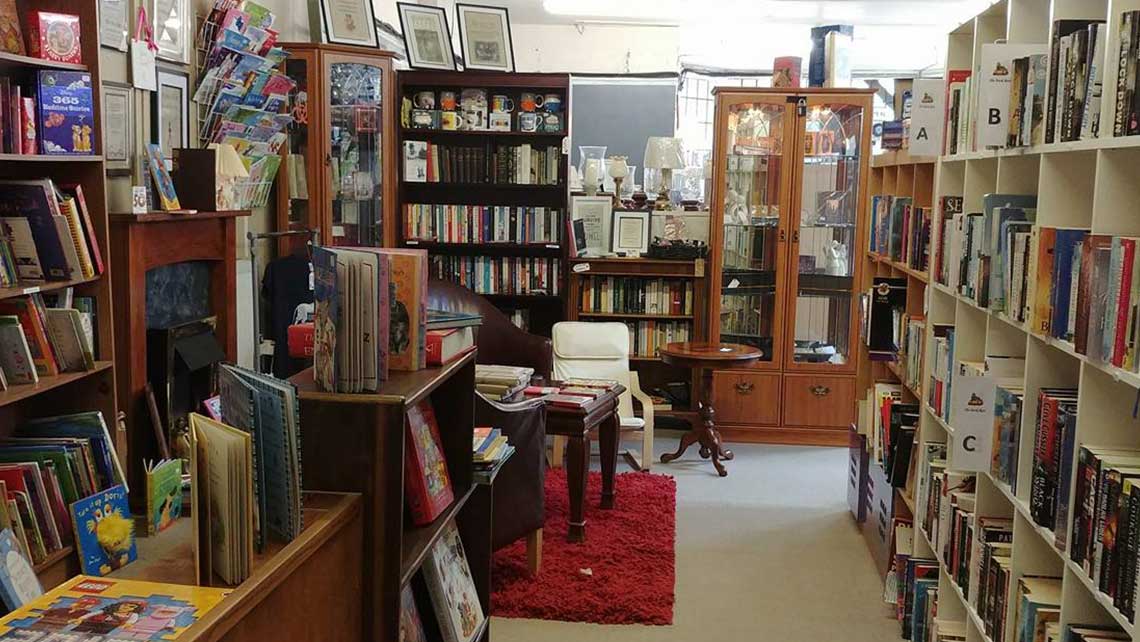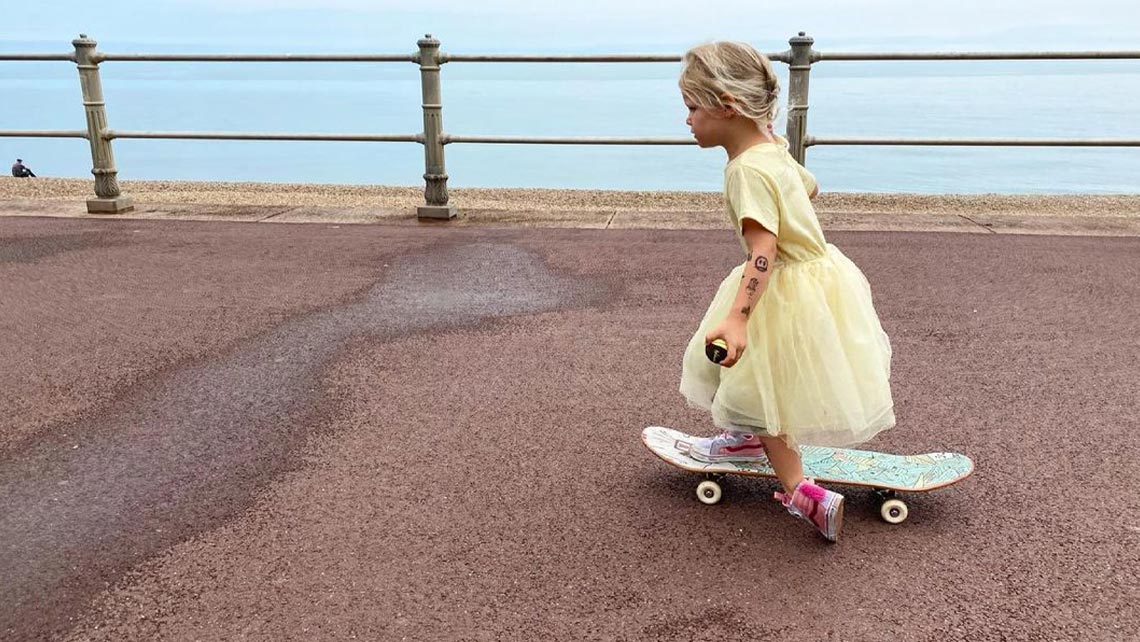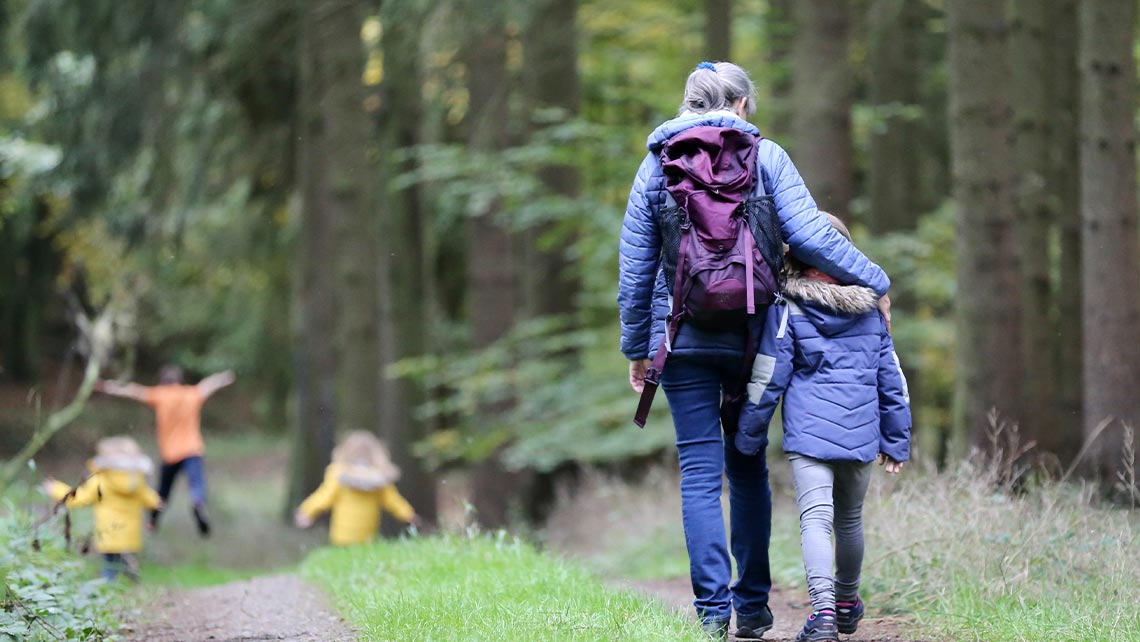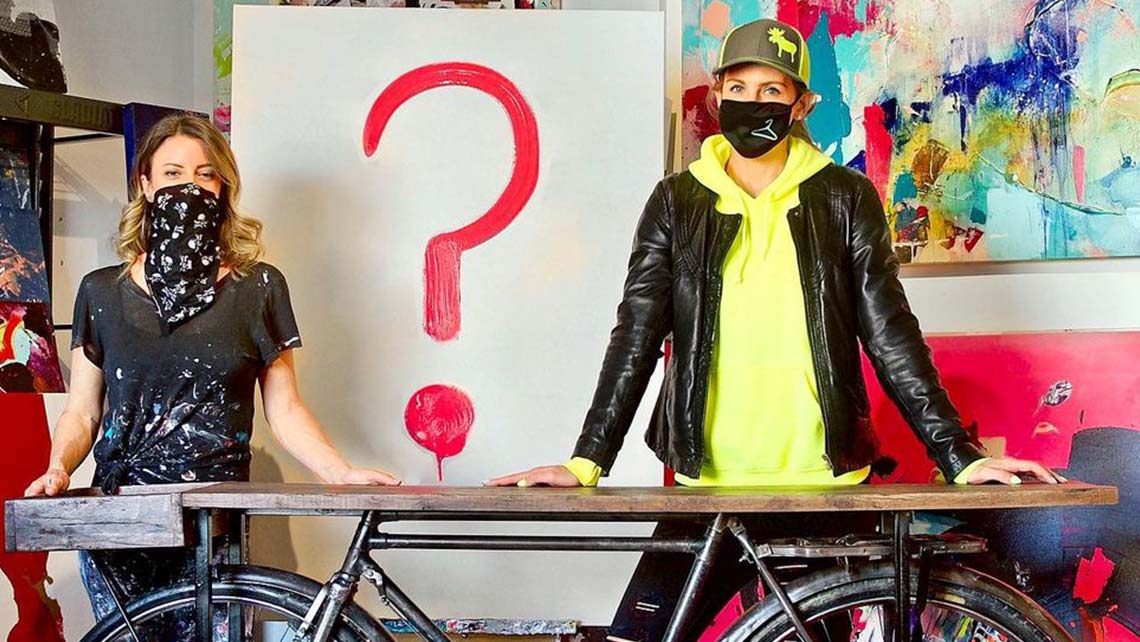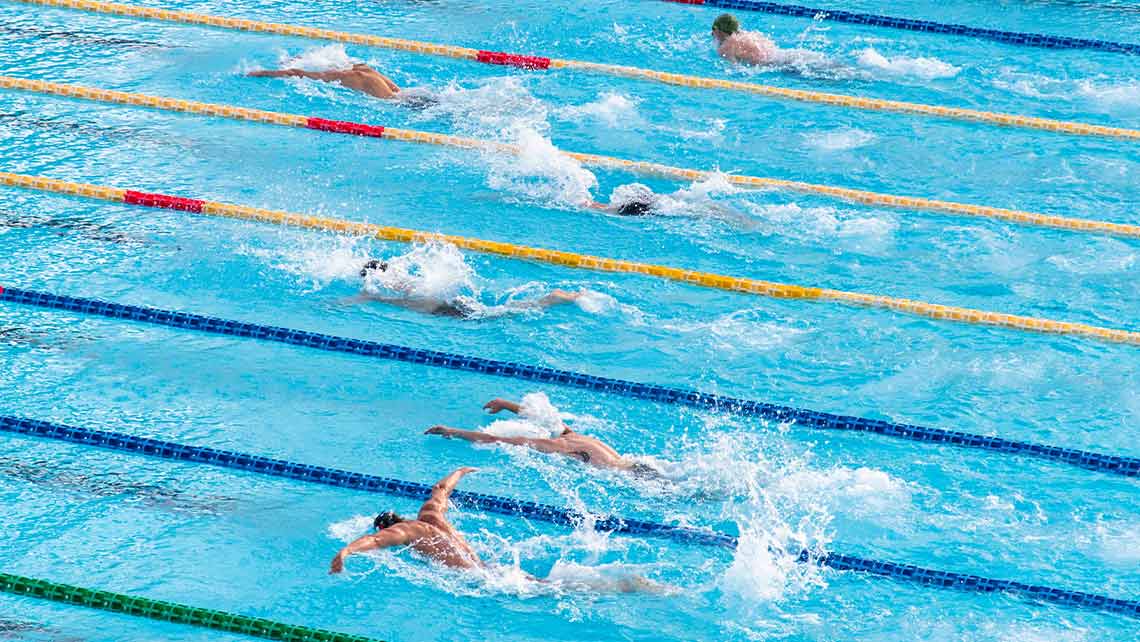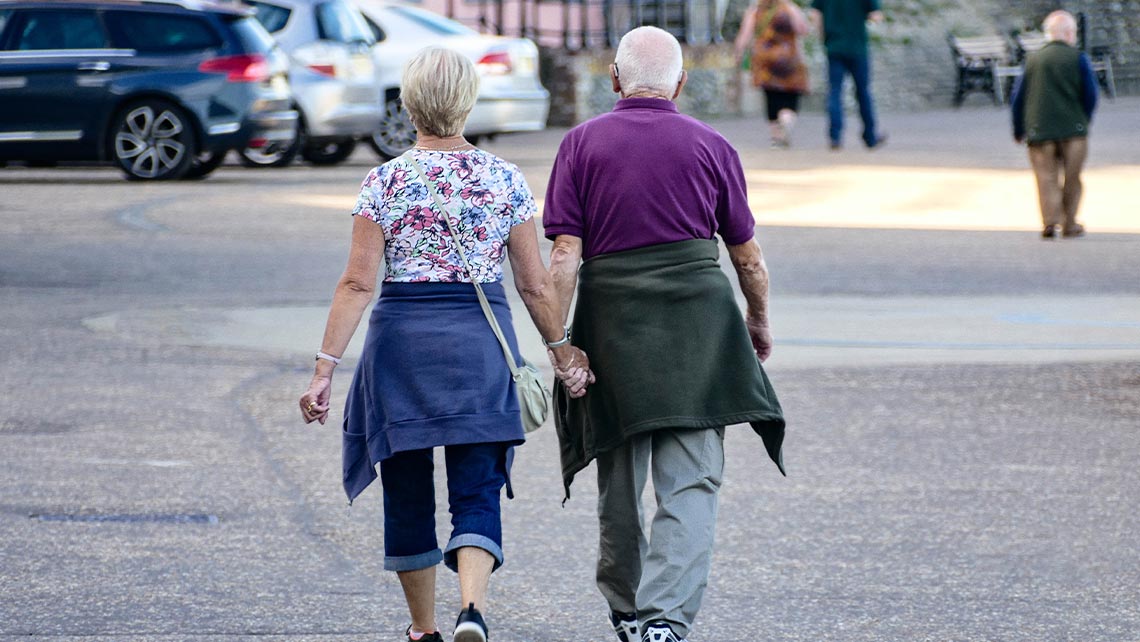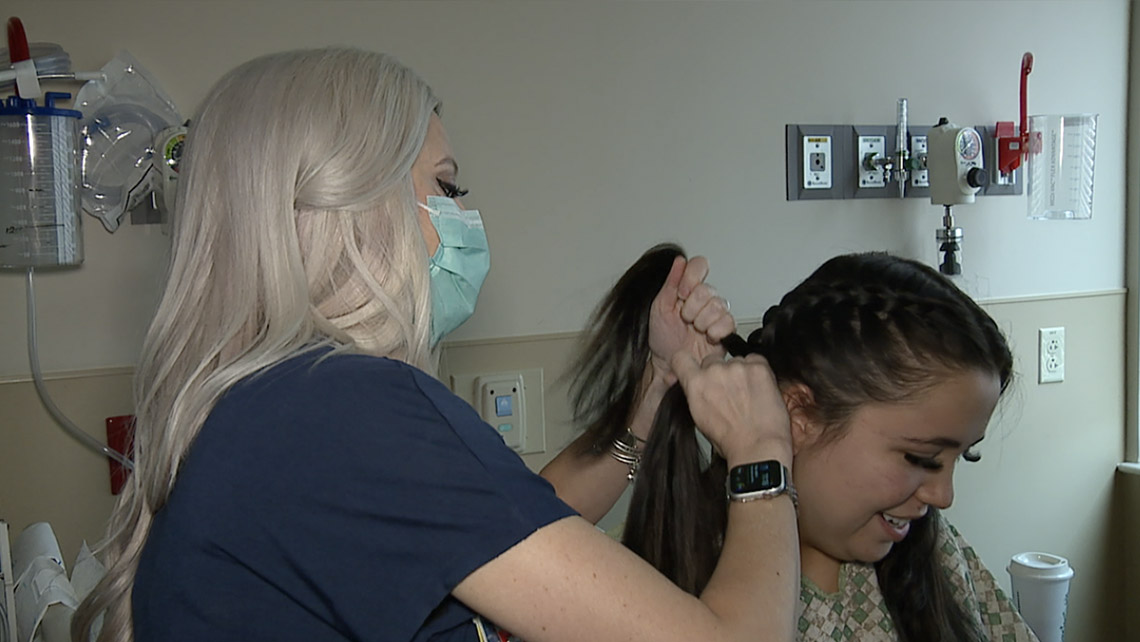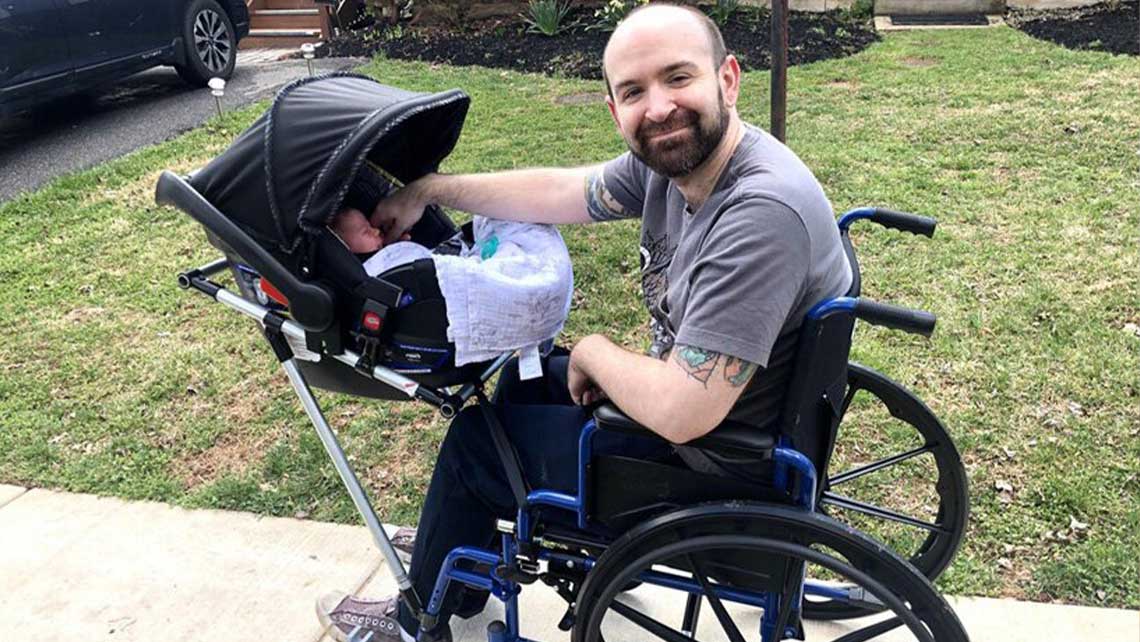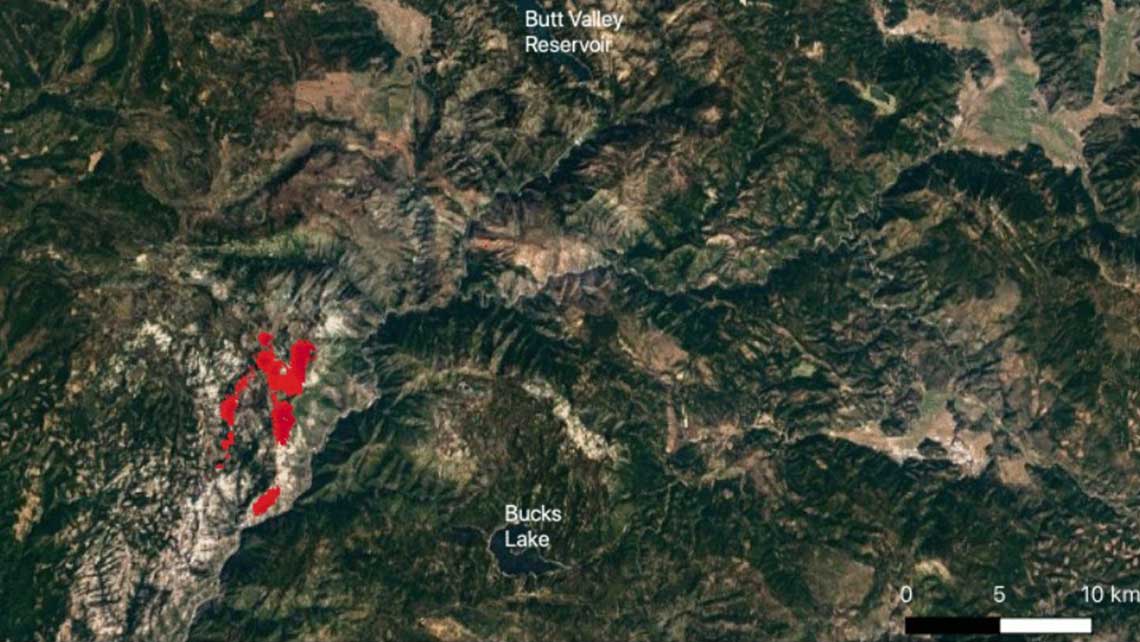A 65-year-old woman has fulfilled her life-long dream of opening a bookstore. Carole-Ann Warburton dreamt of opening her very own bookstore, but this was a dream she has never spoken of aloud.
After collapsing at home in 2010, vomiting, experiencing disorientation to later on getting diagnosed with an inner-ear infection, Warburton thought of what she would do moving forward. Her daughter brought some real estate listings for her mom to see if one of them might be a home she’d think her mom might want to spend her golden years in, and coincidentally, amongst those listings, Warburton noticed a small barbershop with an above-stairs apartment.
Although Warburton admitted “the place was awful,” she saw potential in the apartment-shop, and felt like it was love at first sight. She saw it as the perfect opportunity to do something she’d always wanted to do, work in a bookshop.
Within three months, she handed over her retirement notice, bought the store, sold her house, and after collecting between 8,000 to 9,000 books from her personal inventory, she launched ‘The Book Rest.’
For Warburton, she admits letting go of her books has been an adjustment, but it’s one she feels the better for making.
“It still feels, when a special book goes out, like a bit of a loss – as if some little part of me has been taken away,” she told The Guardian. “And then I make common sense come back to me and say ‘Let someone else learn from it.’ It’s a growing up, if you like, an acceptance.”
The Book Rest has now celebrated its 10th anniversary, and although the pandemic has slowed foot traffic, she says she has no plans to close up the shop. In fact, she hopes to stay around for as long as she can. Warburton says she believes the bookstore is an opportunity to help others realize their dreams as well.
“All the dreams are in the books,” she says. “They are all there waiting to be picked up… Someone can walk in tomorrow and say, ‘I have been looking for that for an awfully long time!”


